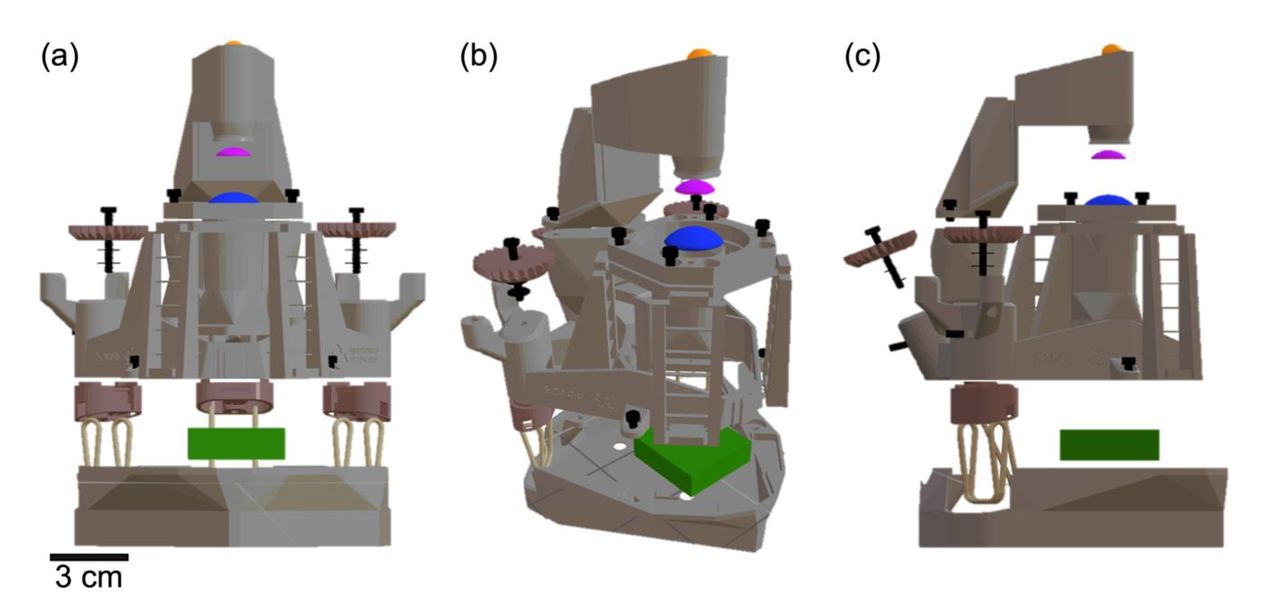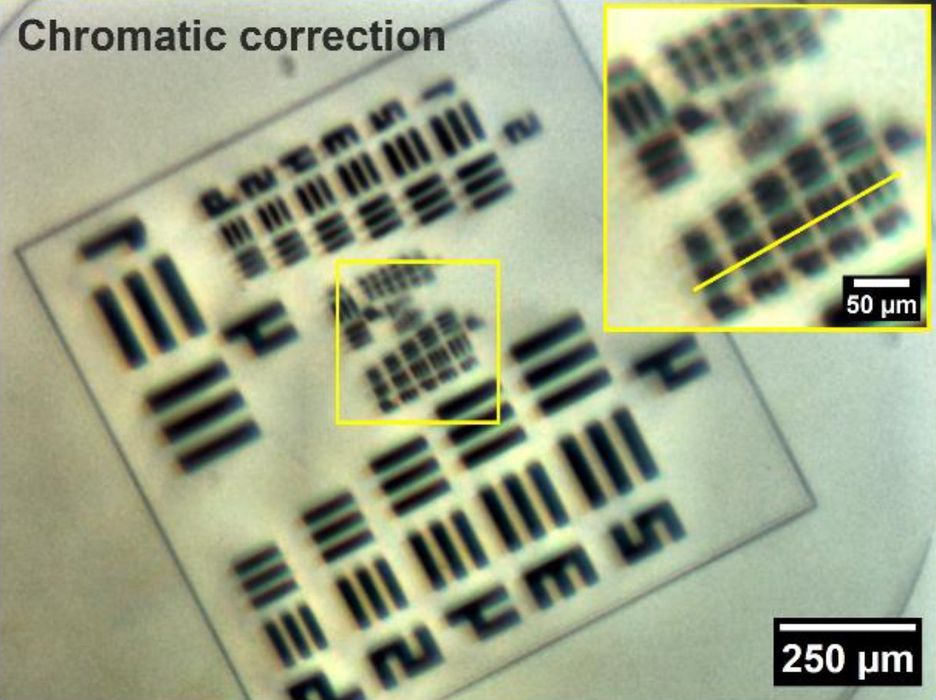
This week’s selection is the 3D Printed Optical Microscope by a team of researchers from the Universities of Strathclyde and Glasgow.
There have been 3D printed microscopes for a while now, but really they aren’t entirely 3D printed. They require some electronics and in particular the expensive lenses required to focus the light.
The difference with this project is that the lenses are actually 3D printed, along with the housing. The electronics remain non-printed. The researchers were inspired by the availability of low cost components and materials, and wondered whether it was possible to develop a near-fully 3D printed microscope that could be produced at very low cost.
For the housing and mechanical components, the researchers chose an existing 3D printable microscope design, OpenFlexure V6. These parts were easily printed in PLA on a Bambu Lab X1C 3D printer.
The more interesting step was producing the lenses, which are notoriously challenging to 3D print. The main difficulty is the transparency of the material, along with the problem of making the surface optically smooth. In other experiments, some have used polishing techniques to refine lens surfaces.
But that’s not what happened here.
To produce the customized lenses for this project, the team obtained a 3D model of the required lens from a commercial lens supplier. The 3D model was then was brought into Autodesk Fusion 360, and the polygon count was increased to the maximum possible. This made the 3D model as smooth as it could be.
To print the lenses, the team used ELEGOO Mars 3D printers, specifically a Mars 3 and Mars 2 device. For material, they used Formlabs’ Clear Resin, which has been previously touted as being the most transparent resin on the market.
Of course, the lenses printed had layer lines. These would destroy the optical qualities of the lens. To rectify the matter, the researchers used an interesting approach to smooth the surface. They explain:
“The lens surface was rendered smooth for imaging by spin coating a thin layer of liquid clear resin for 10 seconds at 2000 rpm, and post-curing for 10 minutes.”
The liquid resin would flow naturally into the layer gaps, and the spinning motion would even out that fluid surface. Curing would solidify the resin into that configuration.
To create the planar side of the lens, they applied liquid resin to a glass slide, and evened it out by the spin method once again. The lens was placed on the glass surface, ensuring a small amount of resin was between the 3D printed lens and the glass slide. This was then cured with UV light, fusing the lens to the glass. To remove the lens they placed the two into a -20C environment for three minutes, which was sufficient to pop off the lens. The resulting surface was as smooth as the glass slide.
The mechanical parts and lenses were assembled and combined with a Raspberry Pi 4 setup to operate lights, camera and sequencing.
The researchers tested the new microscope with a series of common tasks that one would perform with a commercial brightfield microscope, some of which can cost £15,000 (US$19,000).

Did it work? They explain:
“To benchmark the imaging performance of the system, we used standard test targets and histological specimens, namely, a Giemsa-stained blood smear sample and a thin section of mouse kidney stained with Haemotoxylin and Eosin. We demonstrated that sub-cellular resolution was obtained, and we corroborated this by imaging individual red blood cells and intricate anatomical details of the stained mouse kidney section.”
This is quite a project, as it demonstrates it is possible for almost anyone to print and assemble inexpensive parts into the functional equivalent of a commercial microscope.
Via bioRxiv
